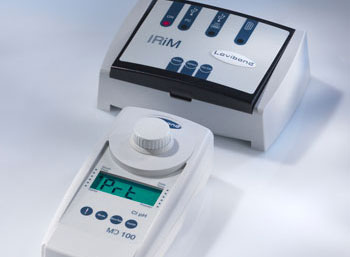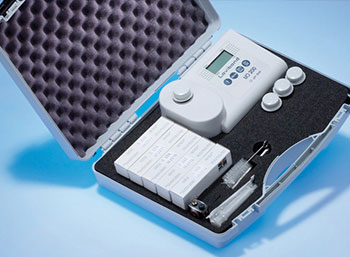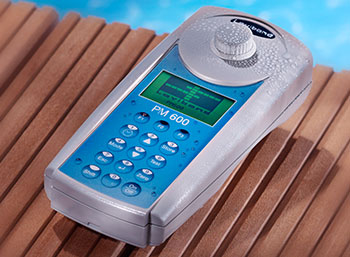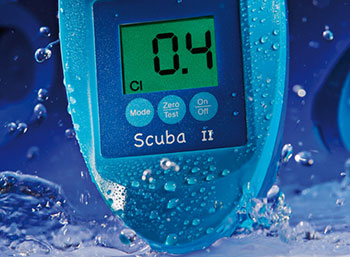Common Types of Environmental Water
Water is a vital resource that sustains life, ecosystems, and industries across Australia. Understanding the different types of environmental water helps us appreciate its role in our communities, agriculture, and natural habitats. Whether you’re managing a rural property, monitoring a local waterway, or ensuring safe drinking water, knowing the types of environmental water you might encounter is crucial.
At Waterlilly Australia, we are committed to delivering precise water testing solutions that support safety, sustainability, and compliance. In this article, we’ll explore common types of environmental water and their characteristics, helping you recognize when and why a water test kit or rapid water test kit might be necessary.
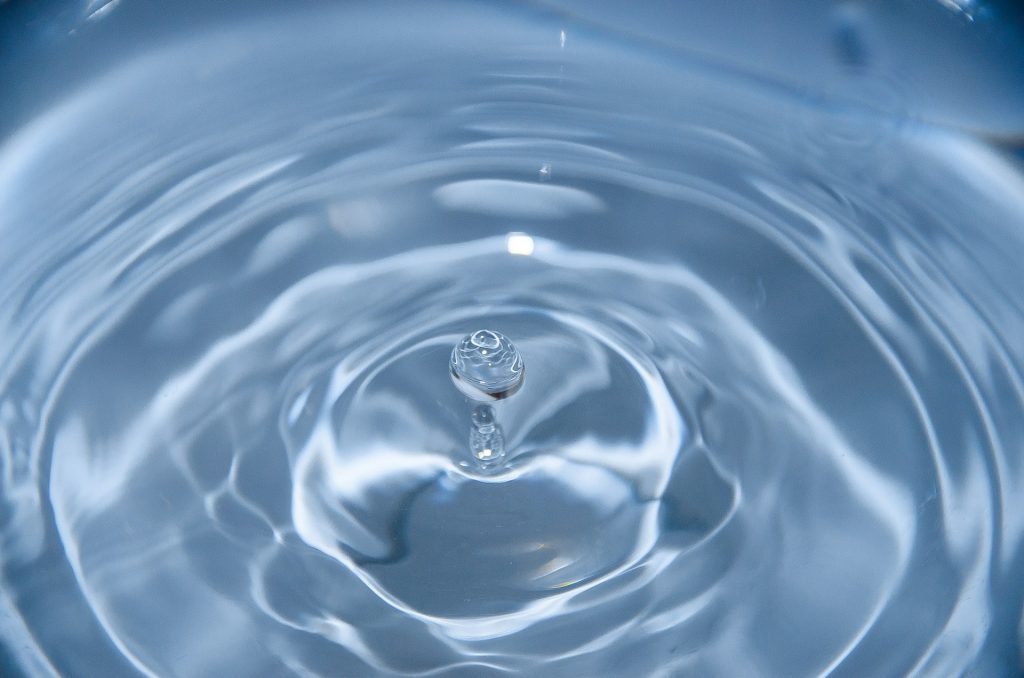
Surface Water
Surface water includes all water found on the earth’s surface, such as rivers, lakes, streams, ponds, and reservoirs. It plays a central role in ecosystems and human activities. Surface water is often the most accessible source for irrigation, drinking water supplies, and recreational use.
However, surface water is highly vulnerable to contamination from agricultural runoff, industrial discharge, urban pollution, and natural events like floods. Using a reliable water testing kit to regularly test drinking water sourced from surface water bodies helps detect potential contaminants like bacteria, nitrates, and heavy metals early, ensuring safety and compliance with health standards.
Groundwater
Groundwater exists beneath the earth’s surface in soil pore spaces and fractures of rock formations. Wells and boreholes tap into groundwater sources, providing a critical supply for rural households, farms, and communities, especially in regions where surface water is scarce.
Well water is a common term for groundwater extracted for use, but it often requires regular monitoring to maintain quality. Contaminants such as pesticides, bacteria, or naturally occurring elements like arsenic may affect well water. A water test kit designed for groundwater analysis enables homeowners and operators to assess the safety of well water promptly, protecting health and preventing costly repairs.
Stormwater
Stormwater refers to the runoff generated by rainfall or melting snow that flows over streets, lawns, and other surfaces before entering drainage systems or natural water bodies. In urban and industrial areas, stormwater can carry pollutants including oil, chemicals, and sediments.
Managing stormwater quality is essential to prevent environmental degradation and protect waterways. Rapid water test kits provide a quick and efficient method to monitor stormwater, especially after heavy rainfall events. Regular testing informs management strategies that reduce pollution and enhance community health.
Wastewater
Wastewater is water that has been used and contaminated by human activities, including domestic, industrial, and agricultural processes. It contains organic matter, chemicals, and microorganisms that can pose risks if untreated water is released into the environment.
Proper testing of wastewater ensures treatment processes meet regulatory standards before discharge or reuse. While wastewater is not typical drinking water, understanding its properties is critical for environmental protection and resource recovery. Testing kits designed for wastewater analysis help operators track contamination levels and optimise treatment.
Rainwater
Rainwater is naturally distilled water that falls from the atmosphere, collected from rooftops, catchments, or directly from precipitation. It’s commonly harvested in tanks for household or irrigation use, particularly in areas without reliable mains water.
Despite its initial purity, rainwater can become contaminated by airborne pollutants, debris from collection surfaces, or storage tanks. Testing rainwater with an appropriate water testing kit is a practical way to ensure it is safe for intended use, particularly if used for drinking or food preparation.
Brackish Water
Brackish water is a mix of fresh and saltwater, typically found in estuaries, coastal lagoons, and some groundwater sources. It has higher salinity than freshwater but less than seawater.
This type of water supports unique ecosystems and may serve specific agricultural or industrial needs. Testing brackish water quality helps maintain balance in sensitive environments and informs management of salinity-related challenges.
Seawater
Seawater covers most of the Earth’s surface and is characterized by high salinity levels. While not suitable for direct human consumption or most agricultural uses, seawater supports marine life, tourism, and aquaculture industries.
Water testing kits for seawater mainly focus on monitoring pollution levels, pathogens, and chemical concentrations that can affect marine ecosystems and public health.
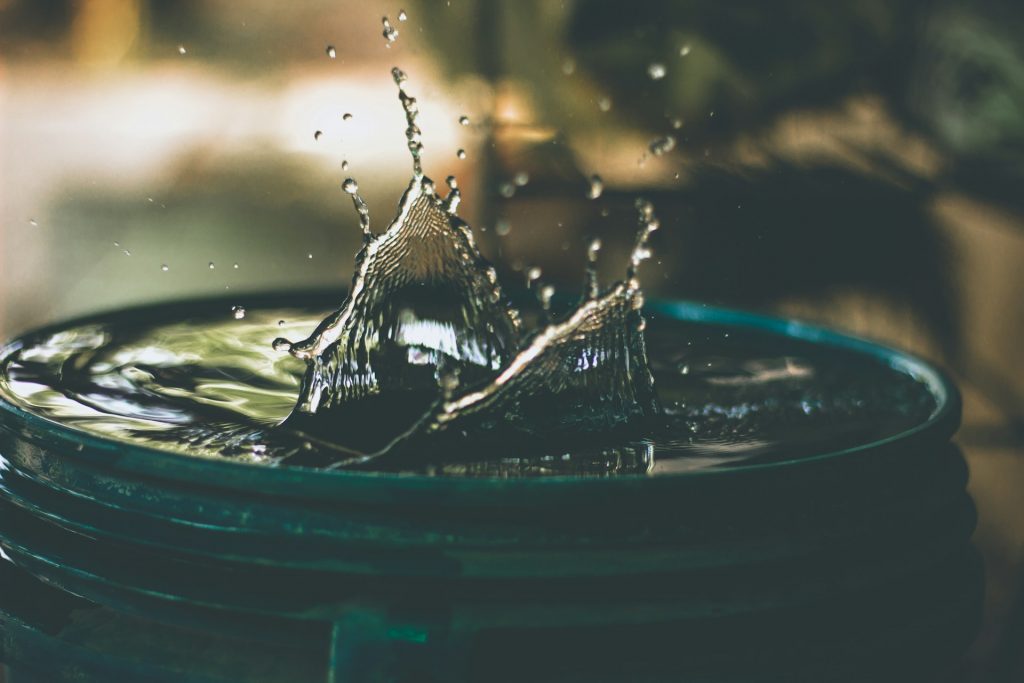
Why Regular Water Testing Matters
Water quality can vary dramatically depending on location, source, and environmental conditions. Regularly using a water test kit or rapid water test kit empowers individuals, businesses, and authorities to detect contamination early, prevent health risks, and maintain compliance with regulations.
For rural landowners relying on well water, testing helps ensure drinking water safety and agricultural viability. Urban planners and environmental managers benefit from understanding stormwater and wastewater characteristics to mitigate pollution. Even households harvesting rainwater gain peace of mind by confirming water quality.
When you test drinking water or any environmental water source, you protect your family, your livestock, and your broader community. Testing is also vital for maintaining the integrity of Australia’s precious waterways and ecosystems.
Choosing the Right Water Testing Kit
Waterlilly Australia offers a range of water testing kits designed for different environmental water types and testing needs. Our rapid water test kits provide fast, accurate results, ideal for field testing and on-site assessments.
When selecting a water testing kit, consider:
- Source type: Well water, surface water, rainwater, or wastewater require different testing parameters.
- Contaminants of concern: Common targets include bacteria (like E. coli), nitrates, pH, turbidity, heavy metals, and chemicals.
- Speed and ease of use: Rapid kits provide immediate results, while lab kits offer detailed analysis.
- Frequency: Regular testing schedules depend on usage, risk factors, and local regulations.
Reliable water testing kits combined with expert interpretation help you make informed decisions, protect health, and comply with environmental standards.
Summary
Environmental water appears in many forms across Australia, from surface water flowing in our rivers to groundwater accessed by wells, and stormwater running off city streets. Each type has unique qualities and potential risks that make water testing an essential practice.
Whether you are checking well water safety, monitoring stormwater quality, or testing rainwater tanks, a water testing kit tailored to your needs ensures accurate, actionable information. Rapid water test kits make on-site testing simple and effective, helping maintain safe water and protect our environment.
At Waterlilly Australia, we understand the importance of water quality for health, safety, and sustainability. We offer trusted testing solutions that meet the demands of Australian conditions and regulations. If you want to explore water testing kits suited to your environmental water needs, contact us at 02 9798 9975 or visit our enquiry page for trusted products and expert guidance.
This entry was posted in Uncategorized. Bookmark the permalink.
